Micorosft reduces the number of ways to change default browser on Windows 11 and 10
2 min. read
Published on
Read our disclosure page to find out how can you help MSPoweruser sustain the editorial team Read more
Key notes
- Microsoft updates for Windows 10/11 now block changing default browser with software or Registry edits.
- Users can still change default browser through Windows settings, but some control is limited.
- Reason for change unclear, possibly related to EU regulations or security.
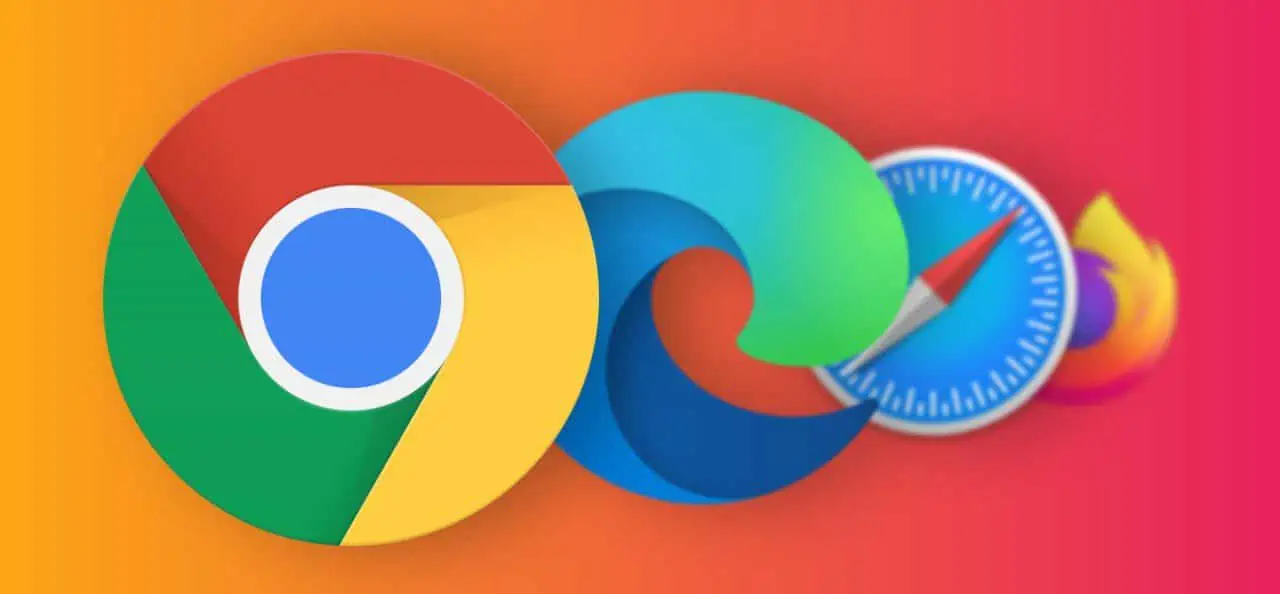
Microsoft introduced a new filter driver in February updates for Windows 10 (KB5034763) and Windows 11 (KB5034765) that prevents users from changing the default browser through software or Registry modifications. Users can still change their default browser through the Windows settings.
Christoph Kolbicz first noticed this Change when his programs, SetUserFTA and SetDefaultBrowser, which change file associations and default browsers, stopped working.
Microsoft introduced a new system for associating file extensions and URL protocols with default programs, starting with Windows 8. This system uses a crafted hash stored under the UserChoice Registry keys to prevent malware from playing with these settings.
While users cannot unload the driver, they can disable it in the Registry with administrative permissions and a reboot. However, a scheduled task will automatically re-enable the driver. Disabling the driver and deleting the scheduled task is the only way to permanently prevent the driver from functioning.
The reason for Microsoft’s change is not entirely clear. Kolbicz believes it may be related to Europe’s Digital Markets Act (DMA), which aims to ensure fair competition. When contacted by BleepingComputer, Microsoft did not comment on the reason for this change.
In November 2023, Microsoft outlined changes coming to Windows in March 2024 to comply with the DMA regulations. These changes included new default browser policies for users in the European Economic Area (EEA) that force Windows to use users’ default browser when opening a link.
Another theory is that this change was made to prevent competing browsers from configuring itself as the default browser outside of the Windows Settings or as a security feature to prevent malware from making itself the default browser.
Overall, you can still change your default browser through Windows settings, but some methods that worked before no longer do.
More in-depth details are here.

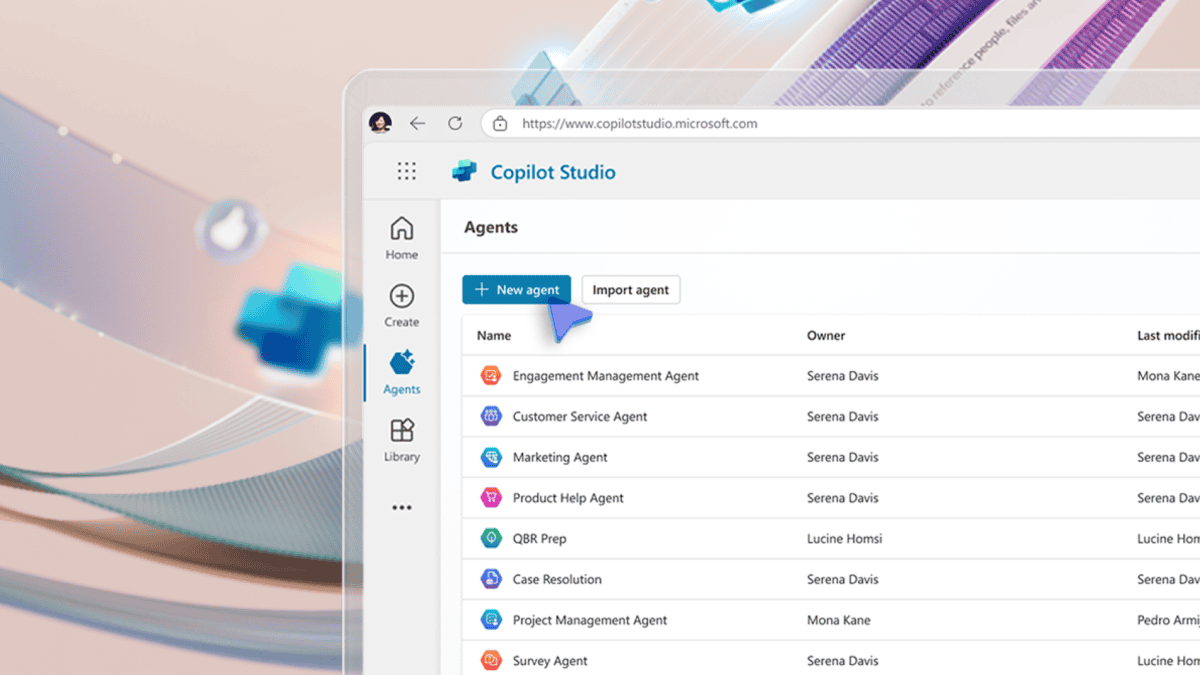
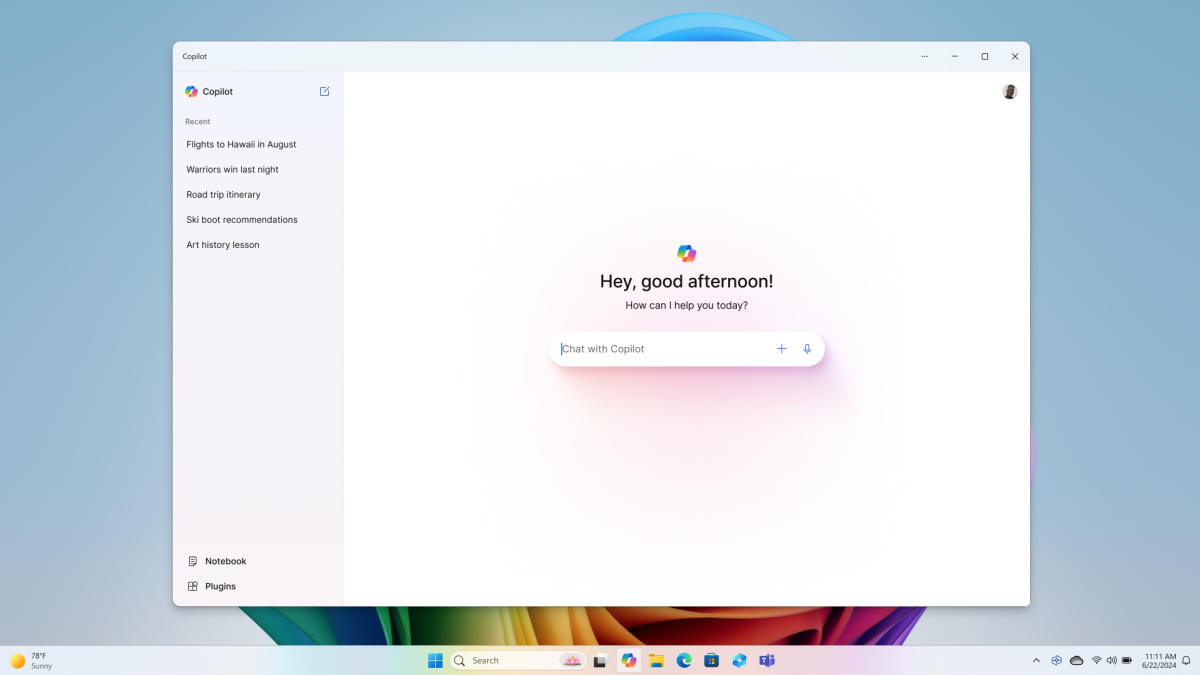


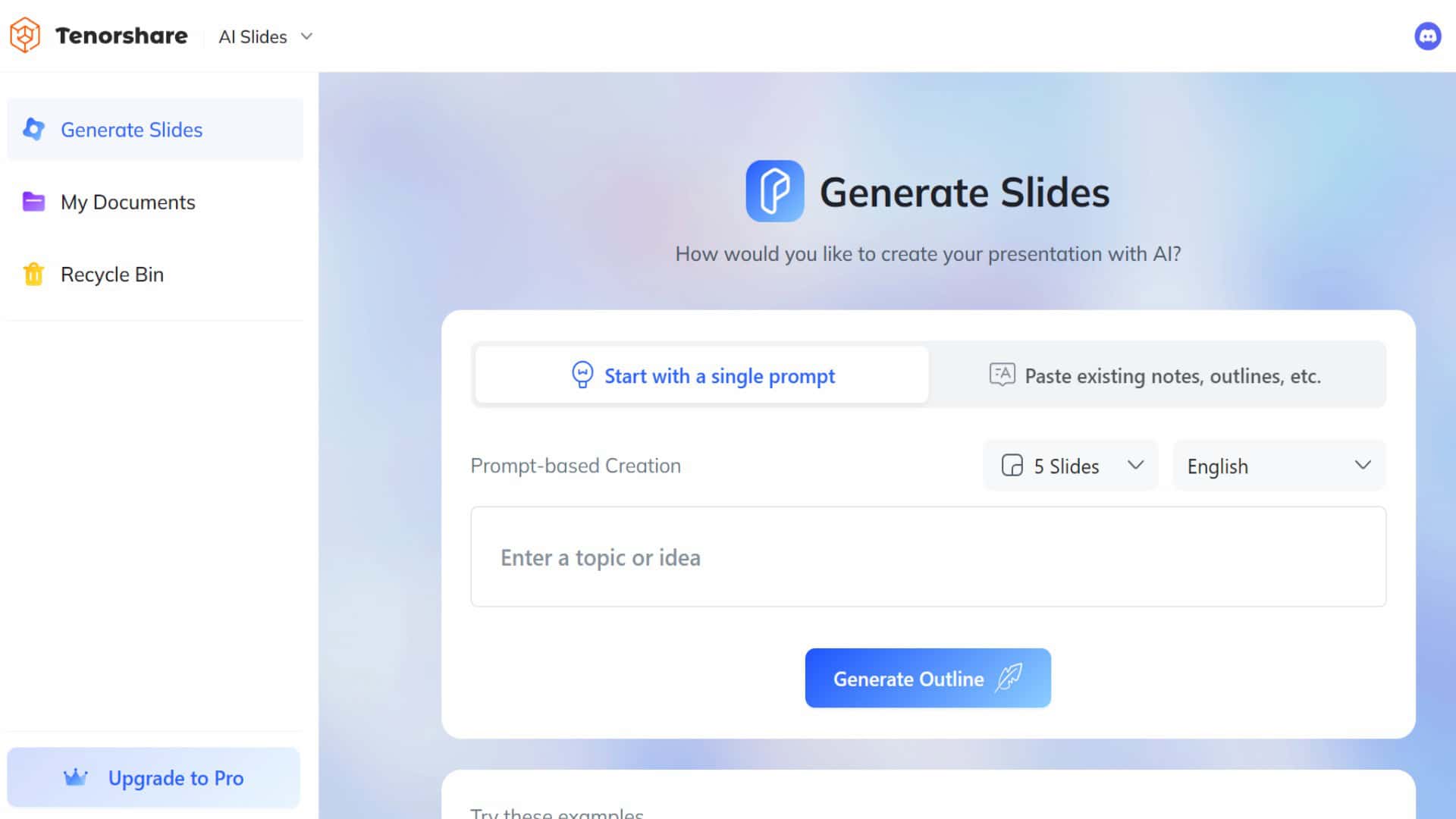

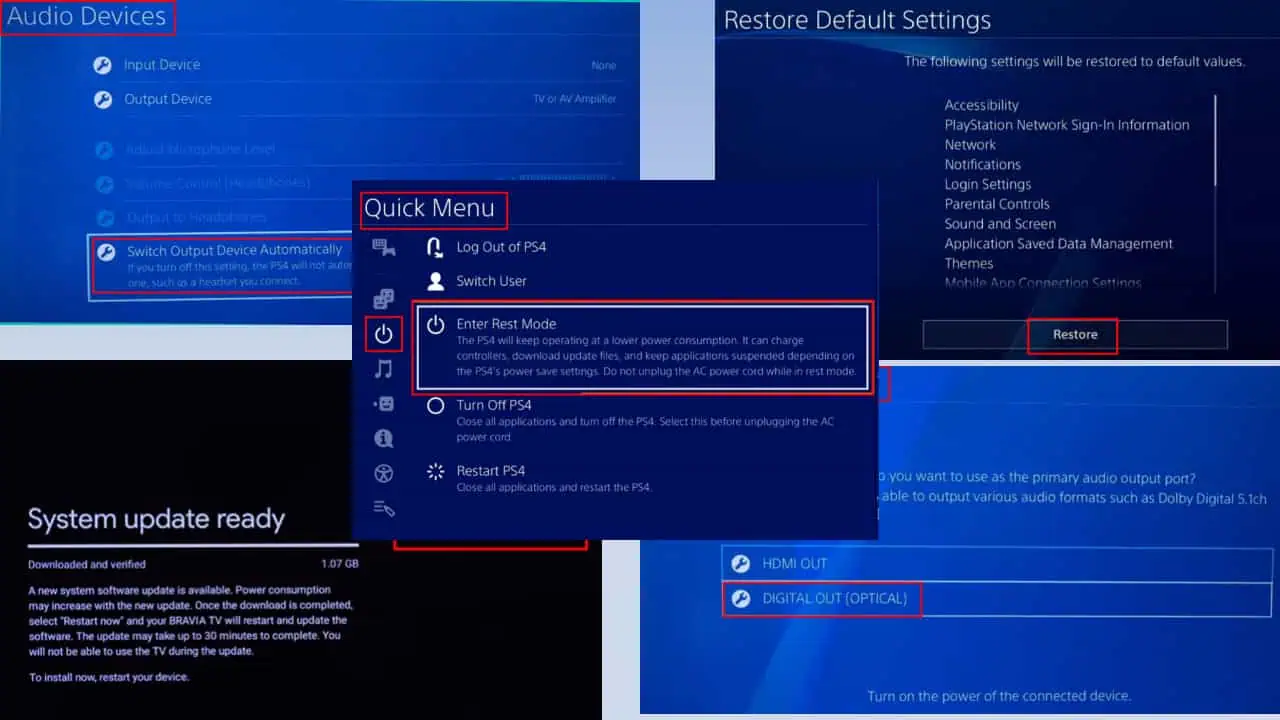
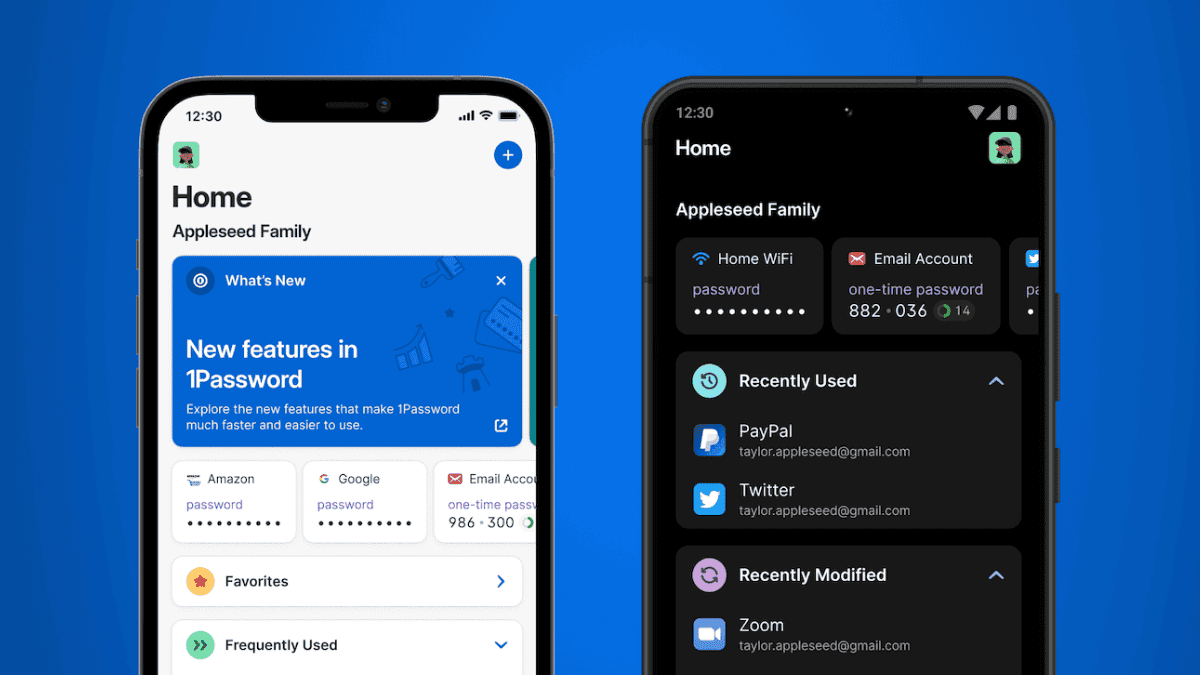
User forum
0 messages